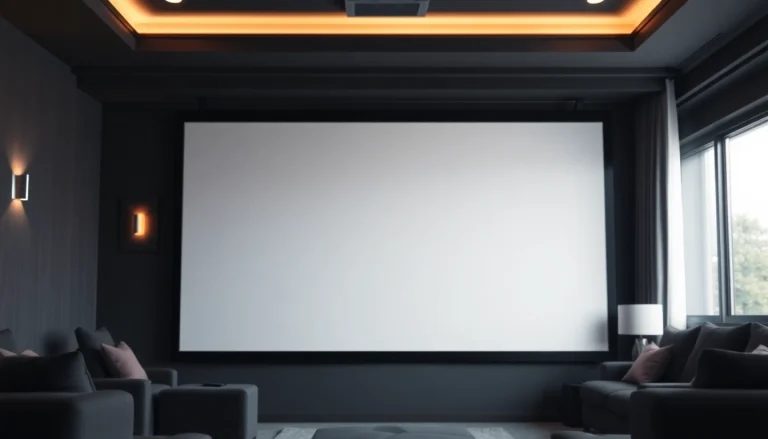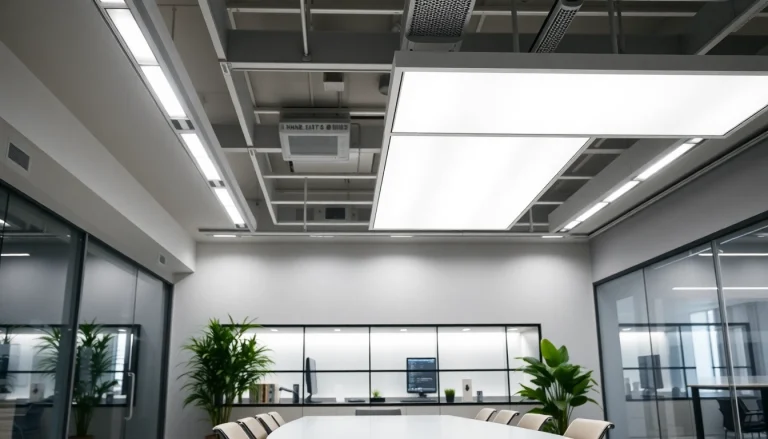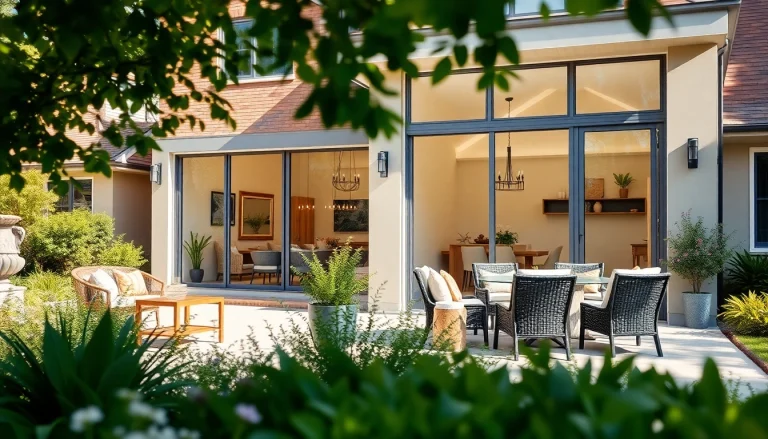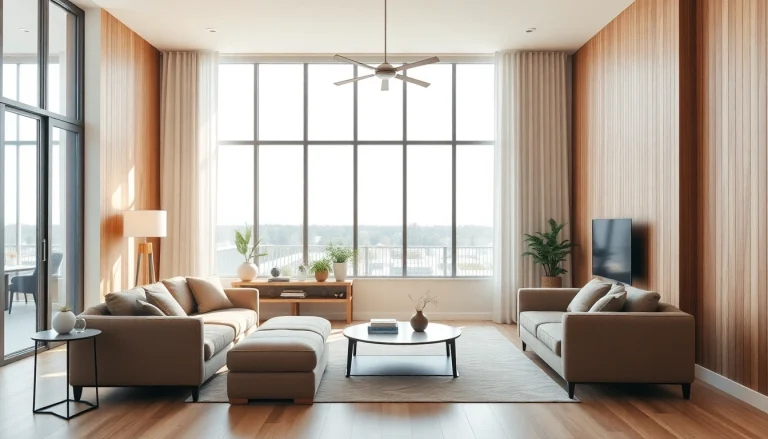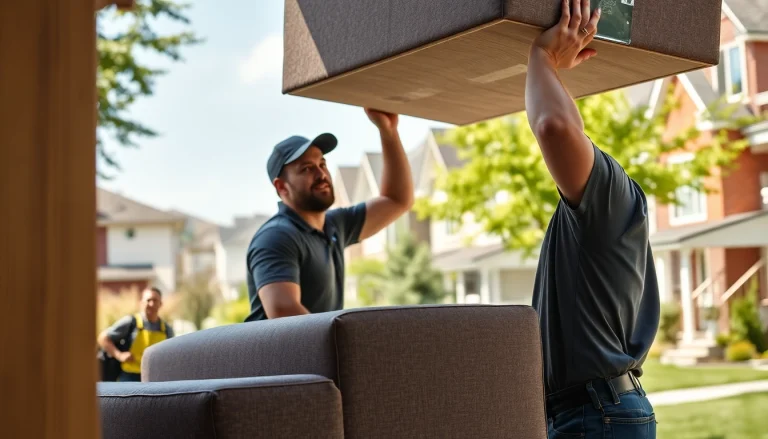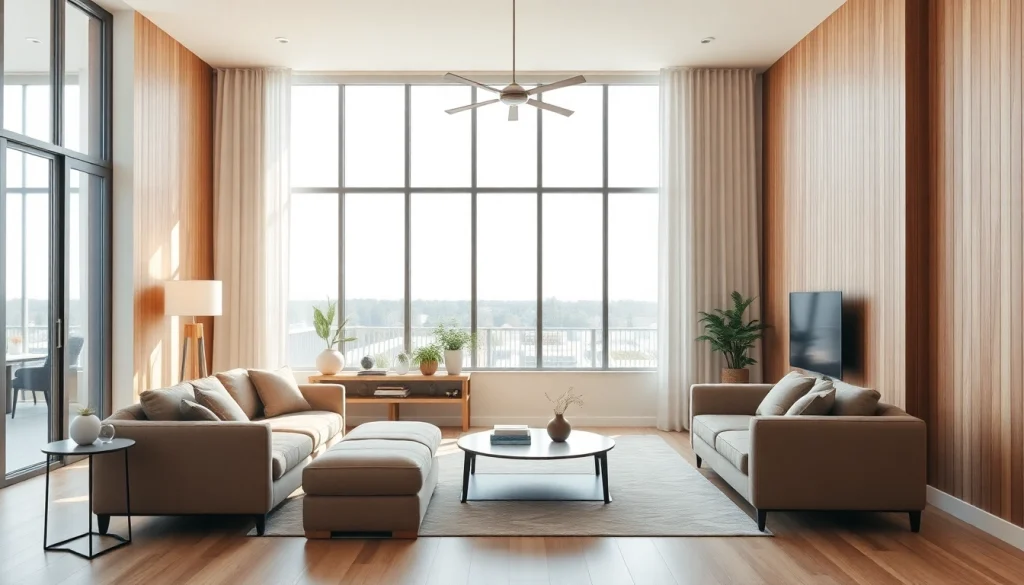
Understanding Faux Wood Paneling
Definition and Materials
Faux wood paneling, often mistaken for traditional wood, offers a realistic alternative without the drawbacks associated with genuine lumber. Faux wood is a synthetic material designed to replicate the appearance of various wood types. Typically made from a combination of high-density fiberboard (HDF) and a decorative laminate, these panels are both lightweight and versatile. The manufacturing processes have evolved to the point where many styles of faux wood appear indistinguishable from their natural counterparts.
Benefits of Faux Wood Paneling
Choosing faux wood paneling comes with a variety of benefits that enhance both aesthetic appeal and practical functionality:
- Cost-Effective: Faux wood paneling typically costs less than real wood, making it a budget-friendly option for homeowners and designers alike.
- Low Maintenance: Unlike genuine wood, which requires regular sealing and treatment, faux wood is easier to care for, needing only occasional cleaning.
- Water and Moisture Resistance: Faux wood is often resistant to moisture, making it suitable for high-humidity areas such as bathrooms or kitchens.
- Variety of Designs: There is a broad range of colors and wood grain finishes available, allowing for personalization that suits different interior design styles.
- Environmental Considerations: Many faux wood options are manufactured using sustainable practices, contributing to eco-friendly design choices.
Common Applications in Design
Faux wood paneling has seen increasing popularity in various settings, including:
- Residential Interiors: Homeowners are incorporating faux wood in family rooms, bedrooms, and accent walls to add warmth and texture.
- Commercial Spaces: Restaurants, hotels, and offices utilize faux wood for branding and creating inviting atmospheres.
- Outdoor Spaces: Weather-resistant faux wood panels are used in patio enclosures and outdoor kitchens.
Choosing the Right Faux Wood Paneling
Types and Styles Available
The market offers a myriad of faux wood options, catering to different tastes and applications:
- Wood-Look Panels: These panels are designed solely to mimic the look of real wood and are available in planks, sheets, and tiles.
- Textured Panels: Some panels come with embossed textures that enhance their authenticity.
- Paintable Faux Wood: This option allows homeowners to customize the color of the paneling to match existing decor.
Factors to Consider When Selecting
When choosing faux wood paneling, consider factors such as:
- Space Usage: Determine whether the paneling will be used in high-traffic areas or areas prone to moisture, as certain products may perform better in these environments.
- Installation Method: Some panels are designed for easy DIY installation, while others may require professional help.
- Budget: Faux wood options vary in price, so setting a budget can streamline the selection process.
Color and Texture Options
The aesthetic appeal of faux wood paneling heavily relies on color and texture choices. Popular shades mimic traditional wood hues such as:
- Espresso Brown: A deep, rich color perfect for creating a sophisticated ambiance.
- Light Oak: Bright shades can help make smaller spaces feel larger and more open.
- Gray-Toned Woods: A contemporary choice ideal for modern interiors, blending seamlessly with industrial decor.
Installation Process for Faux Wood Paneling
Pre-Installation Preparation Steps
Preparation is key for a successful installation of faux wood paneling:
- Measure the Space: Accurately measuring the area where you intend to install the paneling is crucial for determining how much material you will need.
- Prepare the Surface: Ensure the walls are clean, dry, and free of any loose paint or debris.
- Gather Materials: Confirm you have all necessary materials before beginning, including the panels, adhesive, nails, and a cutting tool.
Tools and Materials Needed
A successful installation of faux wood panelingrequires specific tools and materials:
- Measuring tape
- Level
- Utility knife or saw for cutting panels
- Adhesive or nails (depending on installation method)
- Caulk for sealing edges (if required)
- Paintbrush (for applying adhesive)
Step-by-Step Installation Guide
Follow these steps to install faux wood paneling:
- Mark Your Layout: Using a chalk line, create guidelines for where you will place the panels to ensure they are aligned correctly.
- Cut Panels to Size: Cut the panels to fit your space, taking care to make clean, straight cuts.
- Apply Adhesive: Spread adhesive evenly across the back of each panel, or apply it directly to the wall following manufacturer instructions.
- Install Panels: Firmly press each panel against the wall, using a level to make sure they are straight.
- Secure and Finish: If using nails, ensure everything is fastened securely. Fill in seams with caulk if desired for a polished look.
Maintaining Faux Wood Paneling
Cleaning and Care Tips
Maintaining the appearance of faux wood paneling is relatively simple:
- Regular Dusting: Use a microfiber cloth to remove dust and dirt regularly.
- Gentle Cleaning Solutions: For tougher stains, a mild soap solution can be used; avoid harsh chemicals that may damage the finish.
- Avoid Excessive Moisture: While faux wood is moisture resistant, it is best to avoid excessive exposure to water.
Common Issues and Solutions
While faux wood paneling is durable, certain issues can arise. Here are common problems and their solutions:
- Peeling Edges: This can happen due to moisture; sealing edges with caulk can prevent this issue.
- Scratches or Dents: Light scratches can usually be buffed out with a soft cloth, while deeper dents may require touch-up paint.
Longevity and Durability Insights
One of the primary benefits of faux wood paneling is its longevity. With proper care, faux wood can last for many years without significant wear. Compared to real wood, which can warp or become infested with pests, faux wood panels maintain their integrity even in challenging environments.
Inspiring Design Ideas with Faux Wood Paneling
Residential Space Transformations
Faux wood paneling provides a unique opportunity to transform residential spaces:
- Accent Walls: Create a focal point in living rooms or bedrooms by installing a striking faux wood accent wall.
- Kitchens: Use faux wood paneling as a backsplash or to wrap around kitchen islands for a rustic appeal.
Commercial Applications for Branding
In commercial settings, faux wood paneling can enhance brand identity:
- Reception Areas: Softening the look of a front desk with faux wood can make a welcoming first impression.
- Restaurants and Cafes: Employing this material can create an inviting atmosphere that encourages customer retention.
Using Faux Wood Paneling for Accents
Beyond walls, faux wood can be used in various accents:
- Furniture: Apply faux wood panels to furniture pieces like cabinets or tables for a cohesive look.
- Ceilings: Using faux wood for ceilings can add dimensionality and warmth to a space.
